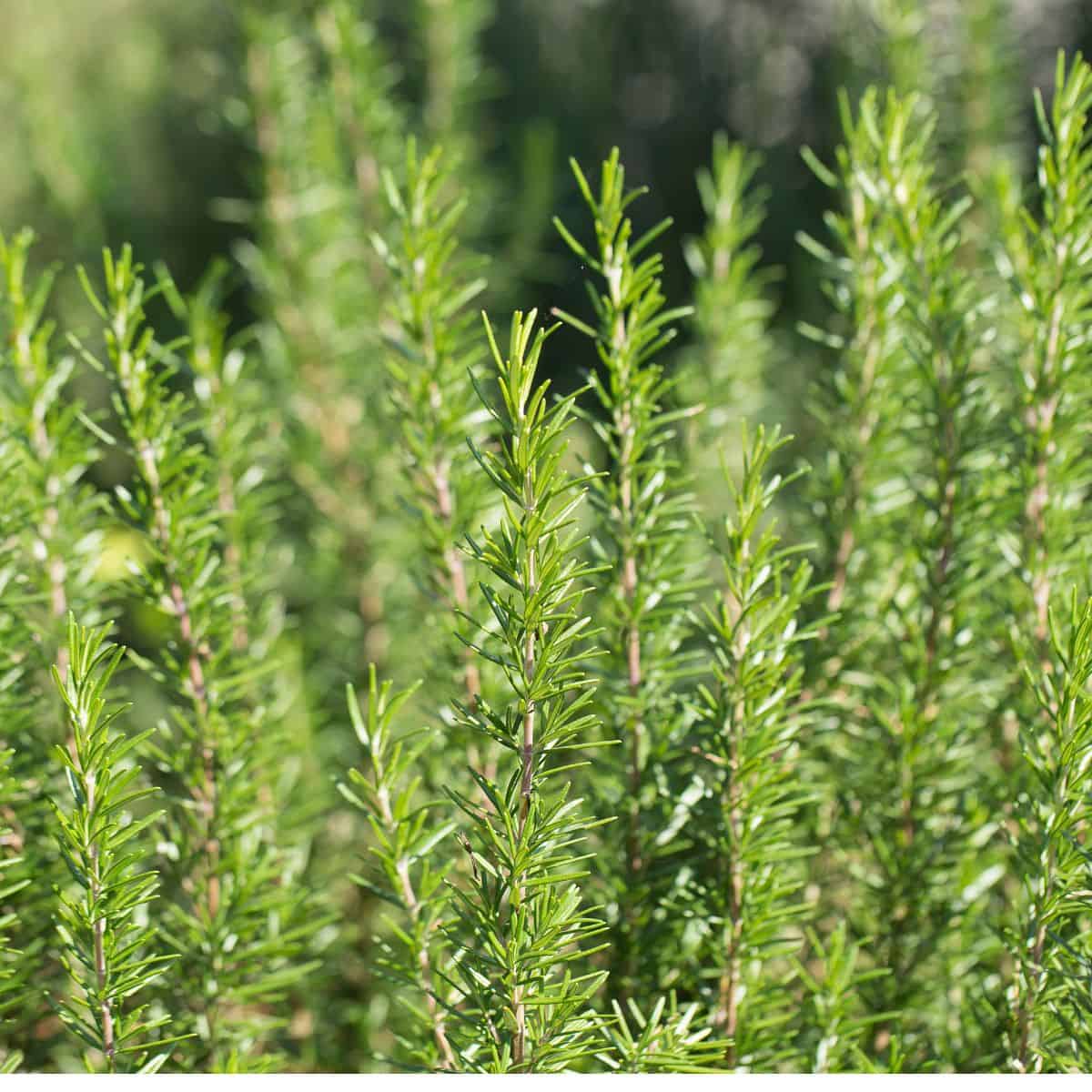Rosemary & Thyme: Growing, Harvesting, And Using These Herbs

Table of Contents
Growing Rosemary & Thyme
Choosing the Right Location & Soil
Both rosemary and thyme thrive in sunny locations, needing at least six to eight hours of direct sunlight daily. Well-draining soil is crucial; these herbs are susceptible to root rot in soggy conditions. A slightly alkaline to neutral soil pH (6.0-7.5) is ideal.
- Ideal Soil Types: Sandy loam, gravelly soil, or well-amended clay soil.
- Soil Amendments: Incorporate compost or other organic matter to improve drainage and fertility.
- Avoiding Waterlogged Conditions: Ensure good drainage by creating raised beds or amending heavy clay soils with sand or perlite.
Planting Rosemary & Thyme
Rosemary and thyme can be grown from seeds, cuttings, or seedlings. Seedlings are generally the easiest option for beginners. Spring or fall are the best times to plant, allowing for establishment before extreme weather. Space plants appropriately to allow for air circulation and prevent overcrowding. Rosemary needs more space (1-2 feet apart) than thyme (6-12 inches apart).
- Planting from Seed: Sow seeds indoors 6-8 weeks before the last frost, then transplant outdoors.
- Planting from Cuttings: Take 4-6 inch cuttings in spring or summer, and plant them directly into the ground.
- Planting Seedlings: Gently remove seedlings from their containers and plant them at the same depth as they were growing in the containers.
Ongoing Care for Rosemary & Thyme
These hardy herbs require minimal care once established. Overwatering is a more significant problem than underwatering. Light fertilization is sufficient; avoid excessive nitrogen, which can lead to leggy growth.
- Watering Frequency: Water deeply but infrequently, allowing the soil to dry slightly between waterings.
- Signs of Overwatering: Yellowing leaves, wilting, and root rot.
- Signs of Underwateringin: Dry, brittle leaves, and stunted growth.
- Fertilizing: Use a balanced, slow-release fertilizer in spring.
- Common Pests and Diseases: Rosemary and thyme are generally pest and disease resistant, but watch out for aphids and spider mites.
- Organic Pest Control: Use insecticidal soap or neem oil to control pests.
Harvesting Rosemary & Thyme
When to Harvest
The best time to harvest rosemary and thyme is just before flowering, typically in late spring or early summer for the best flavor and aroma. For fresh use, harvest as needed throughout the growing season. For drying, harvest when the plants are at their peak.
- Best Time of Year to Harvest: Late spring and early summer for optimal flavor.
- Recognizing Signs of Maturity: Plants are at their peak when they are full and robust, and new growth is vigorous.
- Avoiding Over-Harvesting: Don't harvest more than one-third of the plant at any given time.
Harvesting Techniques
Use sharp shears or pruning snips to harvest rosemary and thyme. For rosemary, cut stems back by about one-third. For thyme, snip individual sprigs or use scissors to carefully clip the flowering tops. Avoid pulling entire plants from the ground.
- Proper Techniques: Cut stems cleanly to prevent damage to the plant.
- Best Tools: Sharp shears or pruning snips.
Drying and Storing Rosemary & Thyme
Air drying is the best method for preserving the flavor and aroma of rosemary and thyme. Bundle small bunches and hang them upside down in a dark, well-ventilated area for several weeks. Alternatively, you can use a food dehydrator at a low temperature.
- Air Drying Instructions: Bundle herbs, hang upside down, and store in a dark, well-ventilated area for 2-4 weeks.
- Oven Drying Instructions: Spread herbs on a baking sheet and dry in a low oven (170°F) for several hours, checking frequently to prevent burning.
- Ideal Storage Containers: Airtight jars or containers in a cool, dark, and dry place.
- Shelf Life of Dried Herbs: Properly stored dried herbs will retain their flavor for about a year.
Using Rosemary & Thyme in Your Cooking and Beyond
Culinary Uses of Rosemary & Thyme
Rosemary and thyme are exceptionally versatile herbs, adding depth and complexity to countless dishes. Rosemary pairs beautifully with lamb, roasted vegetables, and potatoes, while thyme complements chicken, soups, stews, and sauces.
- Recipe Ideas: Rosemary-roasted lamb, thyme-infused chicken soup, rosemary and garlic potatoes, thyme and lemon roasted vegetables.
- Pairing Suggestions: Rosemary with garlic and lemon, thyme with oregano and marjoram.
Medicinal and Other Uses of Rosemary & Thyme
Both rosemary and thyme possess potential health benefits, containing antioxidants and exhibiting anti-inflammatory properties. They are also used in aromatherapy and potpourri. Always consult with a healthcare professional before using these herbs for medicinal purposes.
- Potential Health Benefits: Antioxidant, anti-inflammatory, and antimicrobial properties.
- Aromatherapy Applications: Rosemary for improved concentration and memory, thyme for respiratory support.
- Other Uses: Potpourri, craft projects.
Conclusion
Growing, harvesting, and using rosemary and thyme adds a delightful dimension to your culinary and home experiences. From choosing the right location and soil to mastering drying and storage techniques, this guide has equipped you with the knowledge to cultivate these aromatic herbs successfully. Now you can enjoy the fresh, vibrant flavors of homegrown rosemary and thyme year-round. Start your own Rosemary & Thyme herb garden today! Share your experiences and ask any questions in the comments below. Learn more about growing and using Rosemary & Thyme by exploring our other resources.

Featured Posts
-
 Munguias Doping Allegation A Controversial Adverse Finding
May 31, 2025
Munguias Doping Allegation A Controversial Adverse Finding
May 31, 2025 -
 Banksy Male Or Female Examining The Evidence
May 31, 2025
Banksy Male Or Female Examining The Evidence
May 31, 2025 -
 Bernard Kerik Former Nyc Police Commissioner Dies At 69
May 31, 2025
Bernard Kerik Former Nyc Police Commissioner Dies At 69
May 31, 2025 -
 Sanofi Performance Financiere Et Positionnement Par Rapport Aux Laboratoires Europeens
May 31, 2025
Sanofi Performance Financiere Et Positionnement Par Rapport Aux Laboratoires Europeens
May 31, 2025 -
 Banksys Immersive Art A Vancouver Exhibition Review
May 31, 2025
Banksys Immersive Art A Vancouver Exhibition Review
May 31, 2025
